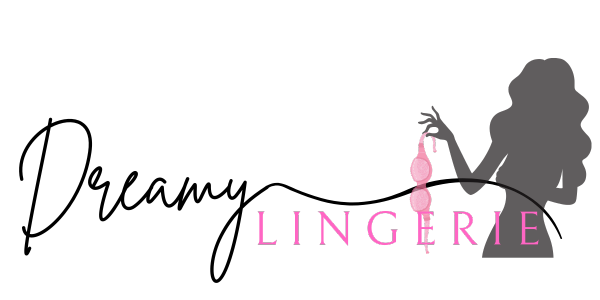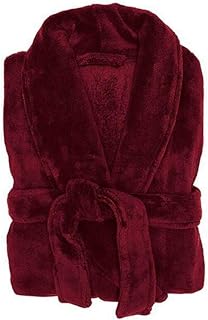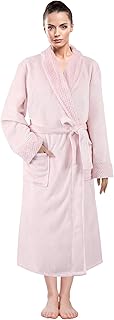An influencer has accused a major Australian lingerie brand of copying the design of a robe from her small business. Lily Brown, a prominent social media figure known for her YouTube channel, called out the lingerie giant without explicitly naming them, alleging that they imitated her signature robe design. Brown’s business, Chille, gained fame for its ‘luxury’ Snug robe made of 100% fleece polyester, featuring an embossed daisy design and a soft color palette. In contrast, the lingerie brand released a similar robe and headband set at a lower price point.
While Brown refrained from directly naming the brand, her followers quickly identified the alleged copycat. The move sparked backlash from customers who criticized the brand for lacking originality and resorting to imitation for profit. Despite some positive reviews for the cheaper alternative, loyal customers of Chille praised the original design’s quality and unique feel, emphasizing the brand’s commitment to excellence.
Instances of established brands replicating designs from smaller businesses are not uncommon in the fashion industry. The controversy surrounding this incident reflects a broader trend where brands face scrutiny for mimicking independent designers. However, proving copyright infringement in fashion remains challenging under Australia’s legal framework.
Brown, who has collaborated with various brands before launching her own business, shared insights into the challenges of entrepreneurship. Her journey with Chille has been marked by ups and downs, underscoring the less glamorous aspects of running a business. Despite the setbacks, Brown has continued to navigate the industry, leveraging her social media presence and business acumen.
Allegations of design theft highlight the complexities of intellectual property protection in the fashion sector. While Brown’s case sheds light on the power dynamics between established brands and emerging designers, it also underscores the importance of ethical practices and creative innovation in the industry.
The incident involving the Australian lingerie brand serves as a cautionary tale for businesses navigating the competitive landscape of fashion. As consumer awareness grows and social media amplifies voices, brands face heightened scrutiny over their design practices and ethical standards. Moving forward, the industry may see a shift towards greater transparency and accountability to uphold integrity and creativity.
📰 Related Articles
- Top Australian Furniture Brands Redefining Design and Sustainability
- Sustainable Australian & NZ Lingerie Brands Redefine Intimate Fashion
- New Australian, New Zealand Lingerie Brands Redefine Sustainable Underwear
- Léays: Brett Blundy’s New Global Lingerie & Beauty Brand
- Luxurious Australian Lingerie Brands Empower with Style and Comfort






